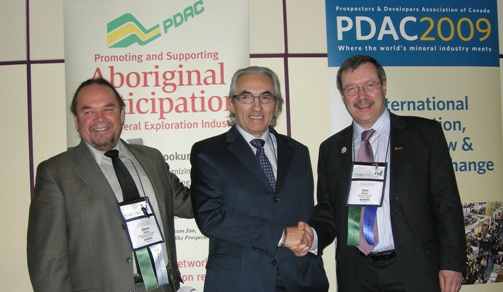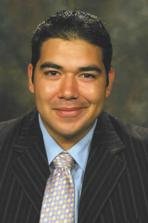This article was provided by the Ontario Mining Association (OMA), an organization that was established in 1920 to represent the mining industry of the province.
Ontario Mining Association President Chris Hodgson was on hand to help Minister of Natural Resources Donna Cansfield raise the curtain on Far North planning legislation earlier this week. This legislation is a step towards permanent protection of about half, or 225,000 square kilometres, of Ontario´s Far North through a network of conservation areas.
This new bill proposes to enable community based land use planning involving First Nations in the determination of areas to be protected and areas available for sustainable economic development, to conserve habitat for a number of animal and plant species and to assist climate change efforts by ensuring much of Ontario´s Far North landscape acts as a giant carbon sink. “This legislation would contribute to a sustainable and more prosperous future for the people and communities of the Far North and provide important and far-reaching environmental and economic benefits for our province as a whole,” said Minister Cansfield.
“On behalf of OMA members, we favour an open and transparent approach in which information is shared,” said Mr. Hodgson. “Adding greater certainty to the process in a timely fashion assists in business related and investment and employment decisions. We look forward to working with Minister Cansfield and her staff to help advance the Far North land use planning process.”





























